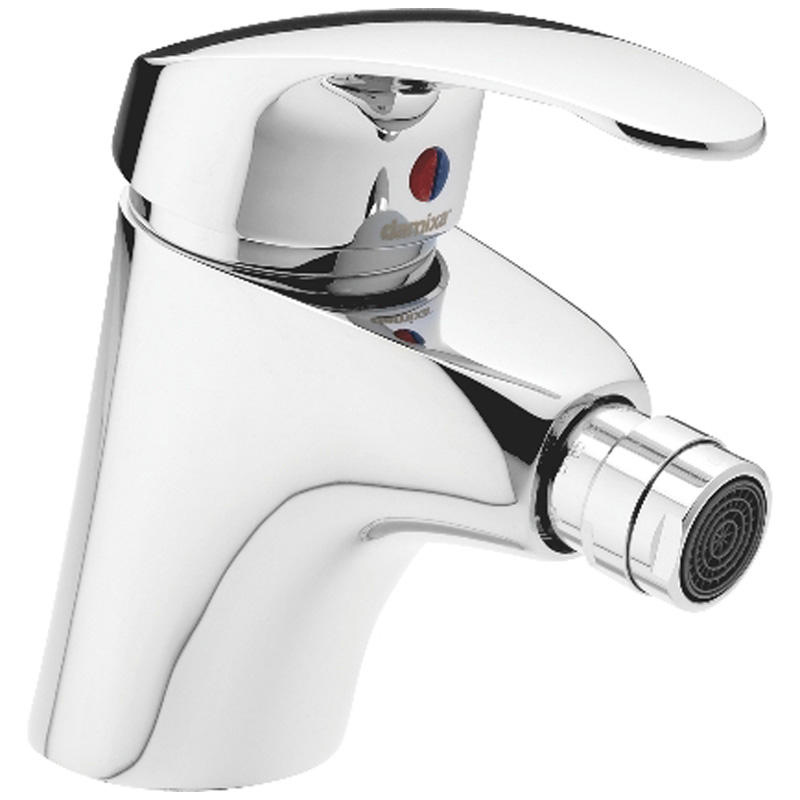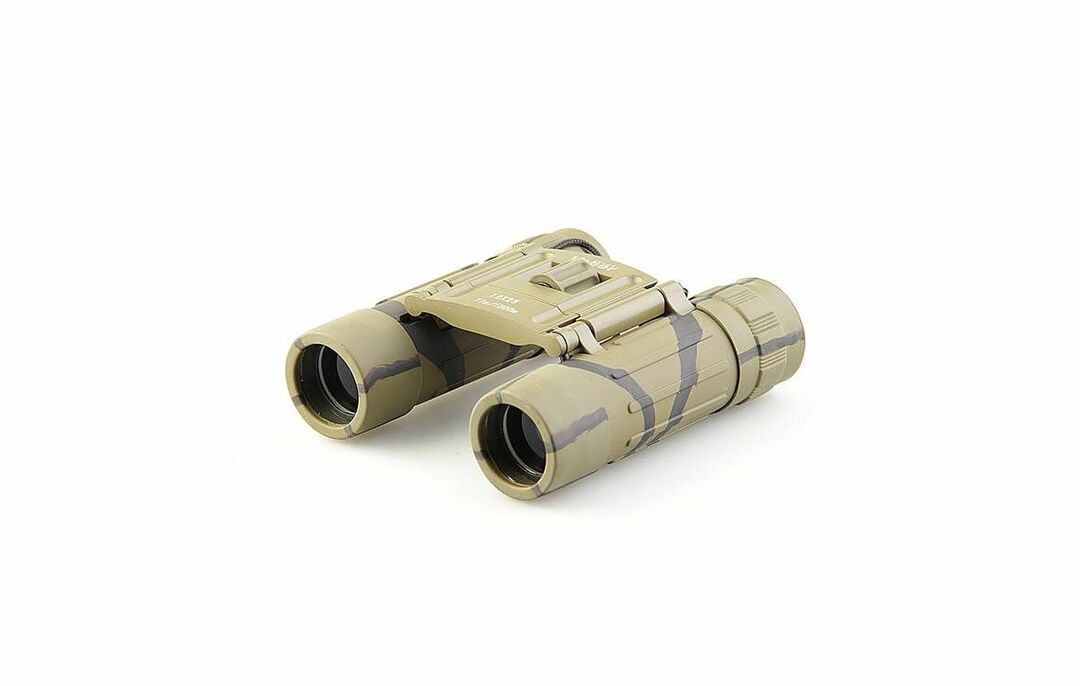HDMI significantly expanded the functionality and features of media devices, as well as began to restore order in a respectable list of connectors, leading them to the same standard.
CONTENT
- 1 Why when connected via HDMI to the TV there is no sound
- 2 Diagnosing
- 3 How to fix no sound on the TV when connected via HDMI
- 4 Correct HDMI connector on the TV
Why when connected via HDMI to the TV there is no sound
Despite the fact that the problem is trivial, it could be quite a lot. From the banal to the volume of the TV is turned off before the failed controller to the PC sound. But in most cases this is due off the default audio device. We will see exactly a few cases.
Diagnosing
Diagnose problems with the sound when connected to HDMI, you can start by checking the sound level on the TV or monitor. As would be naive as it may sound, in practice, a similar problem is encountered quite often. Less often can help the built-in Windows system diagnose problems. In all other cases will have to look into a few categories of operating system settings.
How to fix no sound on the TV when connected via HDMI
To rectify the situation with the lack of sound in several ways, depending on the cause of the problem. We will look at some of the most typical.
Choosing the right device
After the cable to physically connect the system automatically detects that it is used when connecting HDMI. Accordingly, for the transmission of sound this interface will be used by default. But there is not always so. Therefore, we must make sure that the audio is output correctly. For this need to go to the playback devices in the system tray, located in the lower right corner of the screen. You need to right-click on the icon with the image of the speaker and select "Playback Devices".
The transition to the sound device from the system tray
In the new window displays all possible devices, certain system. We need to make sure that the correct HDMI output is set to mark the default device. And if it is not, then you need to right click and select "Set as Default".
Translation device in the "default" mode
The procedure is performed the same way for Windows systems 7, 8 and 10.
Setting the sound
Now a little about how to configure the sound. The chances that the sound settings stray immediately after the cable connection, very small. However, to run through them and check if everything is in order for a more accurate diagnosis, it's worth.
First, where to go - Device Manager. Cause it can from the context menu of "My Computer" by right-clicking. "Properties" Here we need to choose. In the new window, there is a link "Device Manager" in the top left corner. To get what we want.
The transition to the "Device Manager"
The controller is responsible for the transmission of high quality sound, refer to "System Devices". If the built-in HDMI-connector, then most likely, it will be referred to as controller High Definition Audio. We have to check whether the device works. And if not, it must be enabled.
Checking device efficiency
This can be done in the general list of devices, right-clicking on our controller and selecting "Enable."
Then you should look at the section "Sound, video and game controllers." There may be disposed on the video reproducing apparatus. For example, AMD High Definition Audio Device.
View the status of the device in the "Device Manager"
By analogy with the above sections need to make sure that these devices are turned on. Unlike controllers from Microsoft, installed with the system, the drivers for these devices are set by the user. and so you need to check their relevance.
Actually, this is all that can be done in software and operating system. In an extreme case, we can recommend a little trick.
Deleting a device from the system for subsequent reinstallation
If the sound is not in what does not want to be transferred, try to completely remove the device from the controller. And then re-install the drivers on it, but once on the connected HDMI-cable TV.
drivers
The driver - a small program, developed by the device manufacturer for the operating system. She knows what features and functionality has his device and is able to correctly and securely interact with it. If the operating system wants to get some result from the device, it first checks with the driver, who tells her how and what to do. The device list has been steadily updated and acquires new interfaces, standards and solutions. Accordingly, there is a new functionality and about which the old driver may not know. So, it will not work correctly with the new device. It is therefore necessary to update the driver. You can do it from the "Device Manager", about which we spoke earlier.
Updating the HDMI device drivers
To go for a driver update is necessary to right-click on the device and select "Properties", then go to the tab "Driver" and click "Update." You can immediately from the context menu of the controller to select "Update Driver Software". In any case, the final will be a window asking you to select the update. The first - to use the operating system to automatically find the appropriate drivers. In practice, this approach is inefficient, because in very rare cases, the system manages to find something. The second way - an indication of the system is clearly where you want to install the downloaded file in advance. However, the format of the installer, which is now subject to all the drivers, the system is unlikely to be able to recognize, as the necessary information inf file can be packed inside the installer.
The easiest and most effective way - driver download from the official site and launch the installer. This will allow drivers to maintain up to date.
In fact, the whole range of problems listed, and if the sound still does not want to be transferred, the fault remains the cable and connector. To solve the problem you can try a different cable and other similar connector.
Correct HDMI connector on the TV
A rare situation, but older TVs may meet with HDMI connector labeled (DVI). It is used to connect to a computer in the mode of a second monitor. That is, the sound is not required, and the port it is simply not supported. Therefore it is necessary to closely monitor those in which port the cable is connected.



